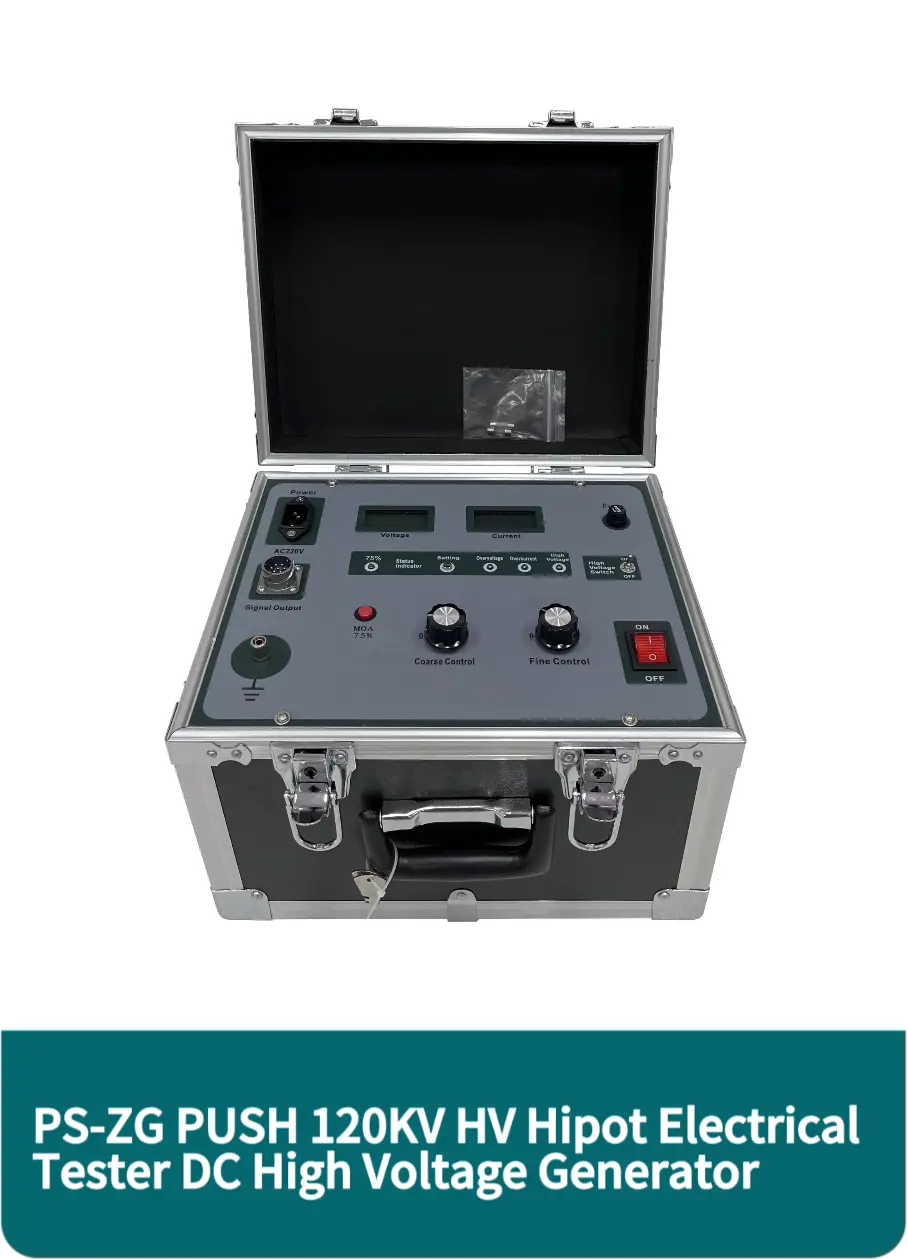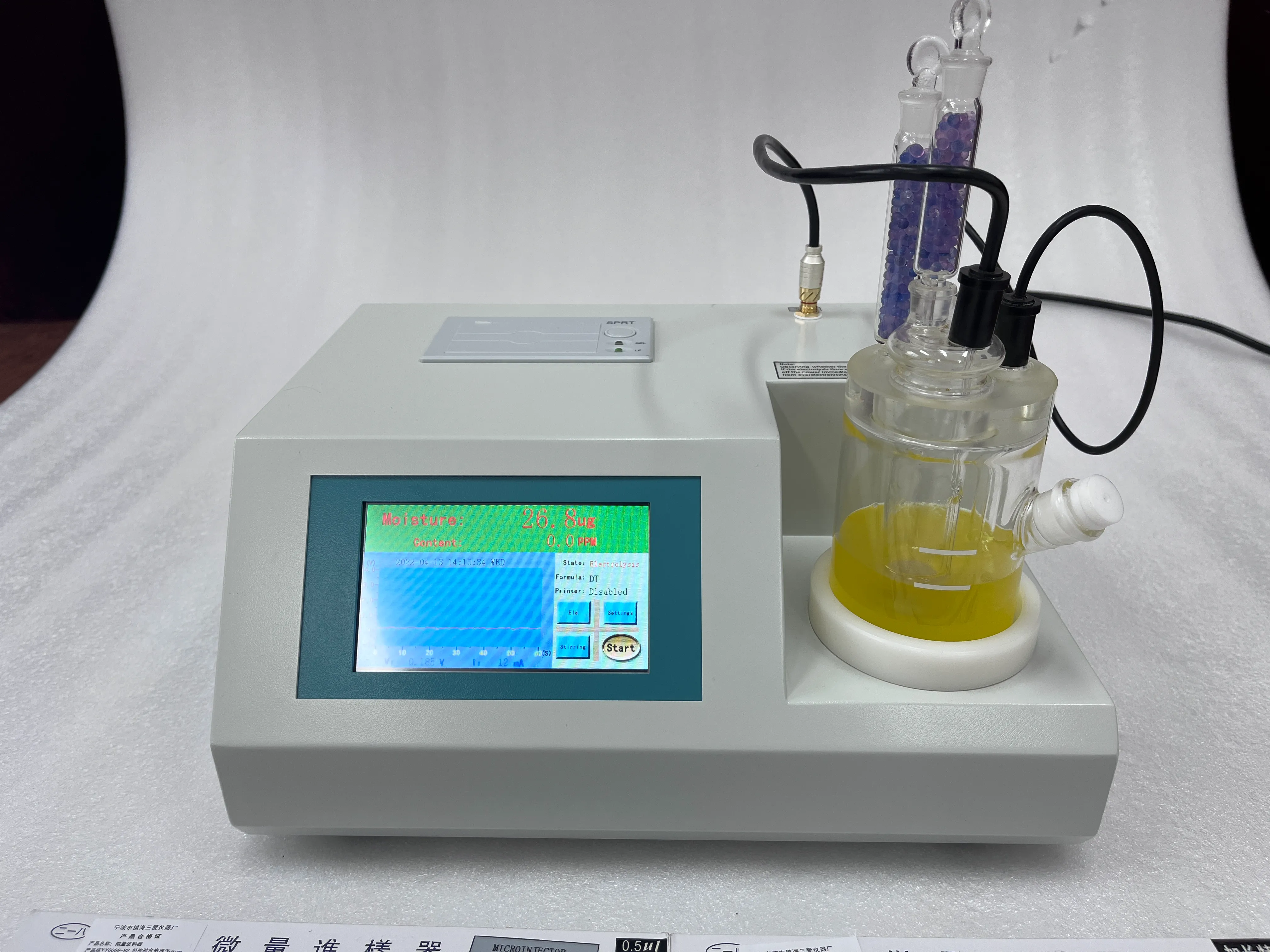TEL:
+86-0312-3189593
 English
English

Telephone:0312-3189593

Email:sales@oil-tester.com

-
 Afrikaans
Afrikaans -
 Albanian
Albanian -
 Amharic
Amharic -
 Arabic
Arabic -
 Armenian
Armenian -
 Azerbaijani
Azerbaijani -
 Basque
Basque -
 Belarusian
Belarusian -
 Bengali
Bengali -
 Bosnian
Bosnian -
 Bulgarian
Bulgarian -
 Catalan
Catalan -
 Cebuano
Cebuano -
 China
China -
 China (Taiwan)
China (Taiwan) -
 Corsican
Corsican -
 Croatian
Croatian -
 Czech
Czech -
 Danish
Danish -
 Dutch
Dutch -
 English
English -
 Esperanto
Esperanto -
 Estonian
Estonian -
 Finnish
Finnish -
 French
French -
 Frisian
Frisian -
 Galician
Galician -
 Georgian
Georgian -
 German
German -
 Greek
Greek -
 Gujarati
Gujarati -
 Haitian Creole
Haitian Creole -
 hausa
hausa -
 hawaiian
hawaiian -
 Hebrew
Hebrew -
 Hindi
Hindi -
 Miao
Miao -
 Hungarian
Hungarian -
 Icelandic
Icelandic -
 igbo
igbo -
 Indonesian
Indonesian -
 irish
irish -
 Italian
Italian -
 Japanese
Japanese -
 Javanese
Javanese -
 Kannada
Kannada -
 kazakh
kazakh -
 Khmer
Khmer -
 Rwandese
Rwandese -
 Korean
Korean -
 Kurdish
Kurdish -
 Kyrgyz
Kyrgyz -
 Lao
Lao -
 Latin
Latin -
 Latvian
Latvian -
 Lithuanian
Lithuanian -
 Luxembourgish
Luxembourgish -
 Macedonian
Macedonian -
 Malgashi
Malgashi -
 Malay
Malay -
 Malayalam
Malayalam -
 Maltese
Maltese -
 Maori
Maori -
 Marathi
Marathi -
 Mongolian
Mongolian -
 Myanmar
Myanmar -
 Nepali
Nepali -
 Norwegian
Norwegian -
 Norwegian
Norwegian -
 Occitan
Occitan -
 Pashto
Pashto -
 Persian
Persian -
 Polish
Polish -
 Portuguese
Portuguese -
 Punjabi
Punjabi -
 Romanian
Romanian -
 Russian
Russian -
 Samoan
Samoan -
 Scottish Gaelic
Scottish Gaelic -
 Serbian
Serbian -
 Sesotho
Sesotho -
 Shona
Shona -
 Sindhi
Sindhi -
 Sinhala
Sinhala -
 Slovak
Slovak -
 Slovenian
Slovenian -
 Somali
Somali -
 Spanish
Spanish -
 Sundanese
Sundanese -
 Swahili
Swahili -
 Swedish
Swedish -
 Tagalog
Tagalog -
 Tajik
Tajik -
 Tamil
Tamil -
 Tatar
Tatar -
 Telugu
Telugu -
 Thai
Thai -
 Turkish
Turkish -
 Turkmen
Turkmen -
 Ukrainian
Ukrainian -
 Urdu
Urdu -
 Uighur
Uighur -
 Uzbek
Uzbek -
 Vietnamese
Vietnamese -
 Welsh
Welsh -
 Bantu
Bantu -
 Yiddish
Yiddish -
 Yoruba
Yoruba -
 Zulu
Zulu
sij . 28, 2025 05:50
Back to list
PS-ZRD03 Lubricating Grease Cone Lubricity Oil Penetration Tester Penetrometer Astdm 217
In the realm of environmental testing, the determination of oil and grease in water represents a critical step toward sustainable waste management and regulatory compliance. As environmental consciousness continues to rise, industries worldwide are becoming increasingly accountable for their environmental footprints. This transformation is largely driven by growing scrutiny over the management of hazardous substances, such as oil and grease, which can gravely impact ecosystems and pose significant challenges to wastewater management.
As for authoritativeness, industry standards and environmental regulations are evolving, and staying informed is imperative for ensuring compliance. The Environmental Protection Agency (EPA) stipulates specific guidelines for oil and grease analysis, such as EPA Method 1664A, which underscores the importance of using approved methodologies to ensure consistent and reliable data. Adhering to these standards not only helps industries remain compliant but also establishes their goodwill and responsibility towards environmental stewardship. Trustworthiness is garnered through consistency, accuracy, and transparency in the determination of oil and grease. Organizations are encouraged to conduct regular audits and calibrations of their measurement tools to maintain precision. Furthermore, integration of software solutions for data management aids in maintaining comprehensive records, offering transparency and traceability, which in turn boosts stakeholder confidence. In practice, industries can greatly benefit from forming collaborations with certified laboratories that specialize in environmental testing. Outsourcing such critical analyses ensures that expert oversight is applied, thus enhancing the reliability of results. Additionally, investing in staff training on the handling and analysis of oil and grease samples can further reinforce the company’s capability to monitor and manage their effluent effectively. In conclusion, the determination of oil and grease is not merely a tick-box exercise but a fundamental aspect of environmental responsibility for industries. By applying well-established and innovative techniques, ensuring compliance with authoritative guidelines, and maintaining robust data management practices, industries can enhance their operational sustainability and contribute positively to environmental preservation. This commitment not only protects ecosystems but also secures the industries' longevity and reputation in increasingly eco-conscious markets.


As for authoritativeness, industry standards and environmental regulations are evolving, and staying informed is imperative for ensuring compliance. The Environmental Protection Agency (EPA) stipulates specific guidelines for oil and grease analysis, such as EPA Method 1664A, which underscores the importance of using approved methodologies to ensure consistent and reliable data. Adhering to these standards not only helps industries remain compliant but also establishes their goodwill and responsibility towards environmental stewardship. Trustworthiness is garnered through consistency, accuracy, and transparency in the determination of oil and grease. Organizations are encouraged to conduct regular audits and calibrations of their measurement tools to maintain precision. Furthermore, integration of software solutions for data management aids in maintaining comprehensive records, offering transparency and traceability, which in turn boosts stakeholder confidence. In practice, industries can greatly benefit from forming collaborations with certified laboratories that specialize in environmental testing. Outsourcing such critical analyses ensures that expert oversight is applied, thus enhancing the reliability of results. Additionally, investing in staff training on the handling and analysis of oil and grease samples can further reinforce the company’s capability to monitor and manage their effluent effectively. In conclusion, the determination of oil and grease is not merely a tick-box exercise but a fundamental aspect of environmental responsibility for industries. By applying well-established and innovative techniques, ensuring compliance with authoritative guidelines, and maintaining robust data management practices, industries can enhance their operational sustainability and contribute positively to environmental preservation. This commitment not only protects ecosystems but also secures the industries' longevity and reputation in increasingly eco-conscious markets.
Latest news
-
Testing Equipment Industry Sees Major Advancements in 2025: Smart & Precision Technologies Lead the WayNewsJun.06,2025
-
Applications of Direct Current Generators in Renewable Energy SystemsNewsJun.05,2025
-
Hipot Tester Calibration and Accuracy GuidelinesNewsJun.05,2025
-
Digital Circuit Breaker Analyzer Features and BenefitsNewsJun.05,2025
-
Benefits of Real-Time Power Quality Monitoring Devices for Industrial EfficiencyNewsJun.05,2025
-
Earth Fault Loop Testing in High-Rise Building Electrical SystemsNewsJun.05,2025



